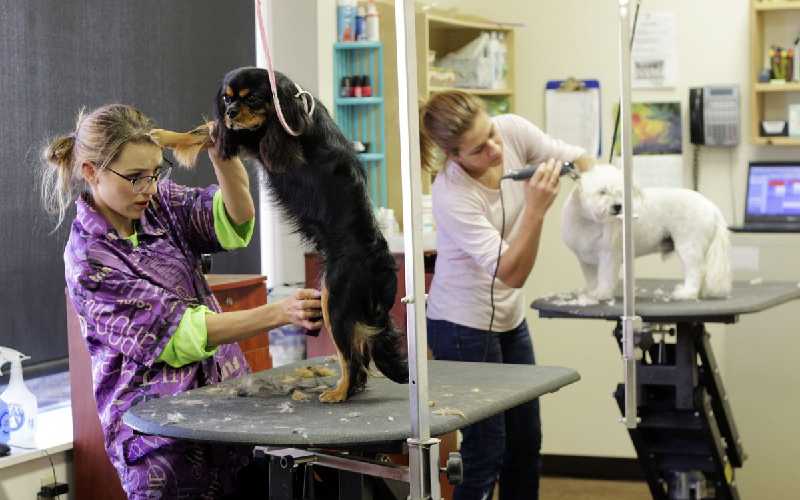Cats are known for their grooming habits, but sometimes, even the most meticulous groomer can end up with mats in their fur. Mats can be uncomfortable and even painful for your cat, making it essential for pet owners to know how to demat their feline friends safely and effectively. This guide will provide you with all the necessary steps, tools, and tips to ensure a stress-free dematting experience for both you and your cat.

Understanding Mats in Cats
Mats are clumps of tangled fur that can form for several reasons:
- Shedding: Loose fur can get trapped in the coat, leading to tangles.
- Lack of Grooming: Cats that don’t groom themselves or are unable to groom due to age or health issues are prone to matting.
- Long Fur: Breeds with long fur are more susceptible to mats.
- Friction: Areas where the fur rubs together, such as under the collar or around the legs, can mat more easily.
Tools You’ll Need
To effectively demat a cat, you’ll need the following tools:
- Wide-Tooth Comb: Helps to gently loosen and separate the mats.
- Mat Splitter: A specialized tool designed to cut through mats without hurting your cat.
- Detangling Spray: Makes the fur easier to comb through and reduces discomfort.
- Slicker Brush: For regular brushing to prevent future mats.
- Scissors: For severe mats that cannot be combed out (use with caution).

Step-by-Step Guide to Dematting Your Cat
- Calm Your Cat
- Find a quiet and comfortable place for grooming.
- Use gentle petting and soothing words to relax your cat.
- You might also offer a treat to keep them calm.
- Assess the Mats
- Gently feel your cat’s fur to locate all the mats.
- Identify areas where the fur is tightly knotted or clumped.
- Apply Detangling Spray
- Lightly spray the detangling solution onto the matted areas.
- Let it sit for a few minutes to soften the fur.
- Use a Wide-Tooth Comb
- Start at the edges of the mat and gently work your way inward.
- Hold the fur close to the skin to avoid pulling on your cat’s skin.
- Mat Splitter for Tough Mats
- For stubborn mats, use a mat splitter to cut through the mat.
- Be very careful not to cut your cat’s skin.
- Cut Out Severe Mats
- If the mat is too tight and close to the skin, carefully cut it out with scissors.
- Make sure to use blunt-tip scissors and cut parallel to the skin to avoid injury.
- Brush Regularly
- Once the mats are removed, brush your cat regularly with a slicker brush to prevent new mats from forming.
- Establish a grooming routine to keep your cat’s fur in good condition.
Tips for a Stress-Free Dematting Experience
- Take Breaks: If your cat becomes agitated, take breaks to keep the experience positive.
- Positive Reinforcement: Reward your cat with treats and praise throughout the grooming session.
- Professional Help: For severe matting, consider seeking help from a professional groomer or veterinarian.

Preventing Mats in the Future
- Regular Grooming: Brush your cat regularly, especially if they have long fur.
- Healthy Diet: Ensure your cat has a balanced diet to maintain healthy skin and coat.
- Routine Check-Ups: Regular vet visits can help address any underlying health issues that might contribute to matting.
Conclusion
Dematting a cat can be a delicate process, but with the right tools and techniques, you can make it a safe and stress-free experience. 🐾 Regular grooming, combined with patience and care, will keep your cat’s fur mat-free and healthy. Remember, a well-groomed cat is a happy cat, and maintaining their coat will contribute to their overall well-being.
By following this guide, you’ll be well-equipped to handle any mats that come your way, ensuring your feline friend stays comfortable and mat-free.
